Discovery of two exoplanets that may be mostly water

Artistic representation of the planetary system of the star Kepler-138. We see Kepler-138 d in the foreground, and closer to the star, Kepler-138 c. These two planets are probably composed mainly of water. The small planet Kepler-138 b… Read More
Finalist for the 2022 Prix de la Relève scientifique: Julie Hlavacek-Larrondo

Associate Professor in the Department of Physics Julie Hlavacek-Larrondo is one of two finalists for the Prix de la Relève scientifique. This is a second nomination for the researcher, following her 2019 nomination. Julie Hlavacek-Larrondo specializes in the… Read More
Our CRAQ colleagues, members of the CHIME team, receive the Brockhouse Canada 2022 Award

CHIME is a large, fixed radio telescope with a large collection area, wide bandwidth, and a huge instantaneous field of view (about 200 square degrees, equivalent to the area covered by more than 1000 times the size of… Read More
Star Duo Forms a ‘Fingerprint’ in Space, NASA Webb Finds
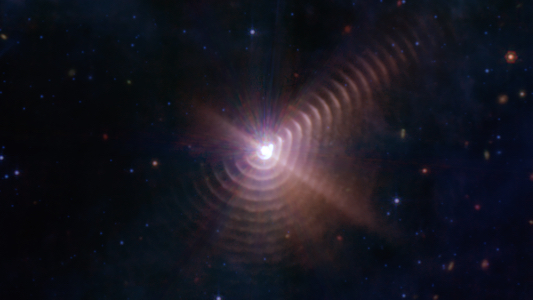
Astronomers share a new image shows at least 17 dust rings created by a rare type of star and its companion, locked in a celestial dance. The team of astronomers includes Anthony Moffat, Université de Montréal Emeritus Professor… Read More
An extrasolar world covered in water?
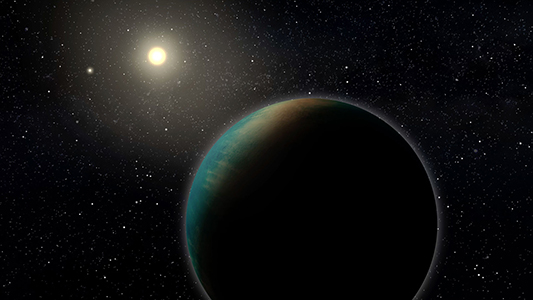
With the help of instruments designed partly in Canada, a team of astronomers from the CRAQ have discovered an exoplanet that could be completely covered in water, a target they hope to observe with the Webb telescope soon…. Read More
‘Black hole police’ discover a dormant black hole outside our galaxy
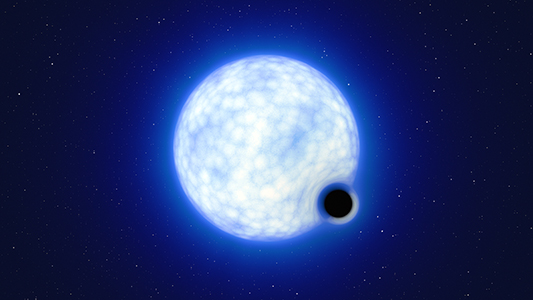
A team of international experts, including Université de Montréal Emeritus Professor Anthony Moffat and member of the Center for Research in Astrophysics of Quebec (CRAQ), have found a stellar-mass black hole in the Large Magellanic Cloud, a… Read More
A new planet hunter awakens: NIRPS instrument sees first light
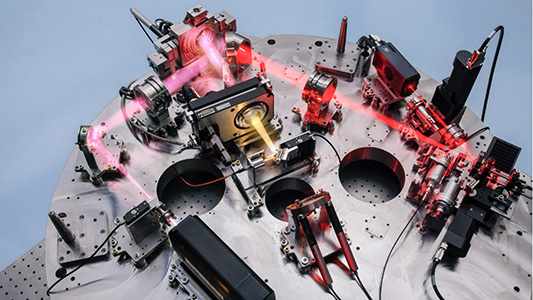
The Near InfraRed Planet Searcher (NIRPS) instrument, developed in part at the Université de Montréal and the Université Laval, has successfully performed its first observations. Mounted on ESO’s 3.6-m telescope at the La Silla Observatory in Chile, NIRPS’s… Read More
Reunions and Discoveries at the 2022 CRAQ Annual Meeting!

After two years of absence, the annual meetings of the Center for Research in Astrophysics of Quebec are back in person! Bishop’s University received the CRAQ astronomers on May 11, 12 and 13 at the Estrimont Hotel in… Read More
Astronomers reveal first image of the black hole at the heart of our galaxy
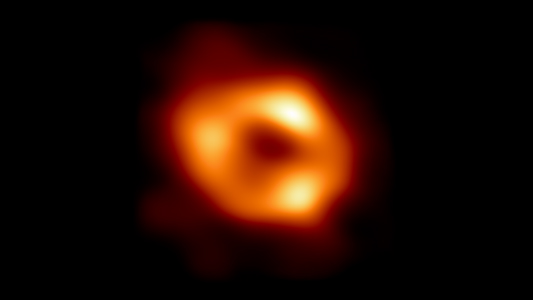
Astronomers have unveiled the first image of the supermassive black hole at the centre of our own Milky Way galaxy. This result provides overwhelming evidence that the object is indeed a black hole and yields valuable clues about… Read More
A fully isolated dwarf galaxy unexpectedly affected by ram pressure
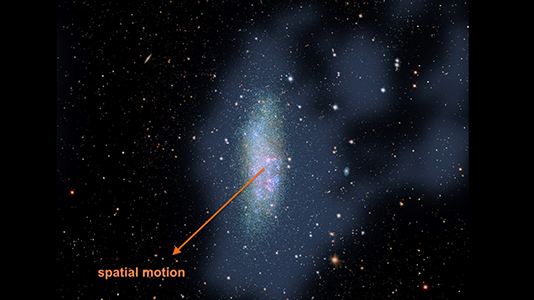
Dwarf galaxies are known to be pristine probes of the early Universe, especially when they are isolated and not interacting with massive galaxies. Observations with the MeerKAT radio telescope of WLM, an archetype of such a galaxy, have… Read More
